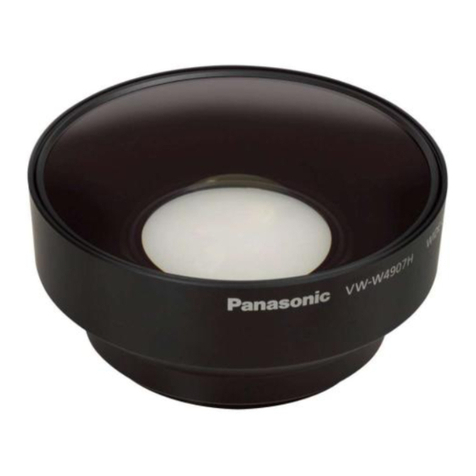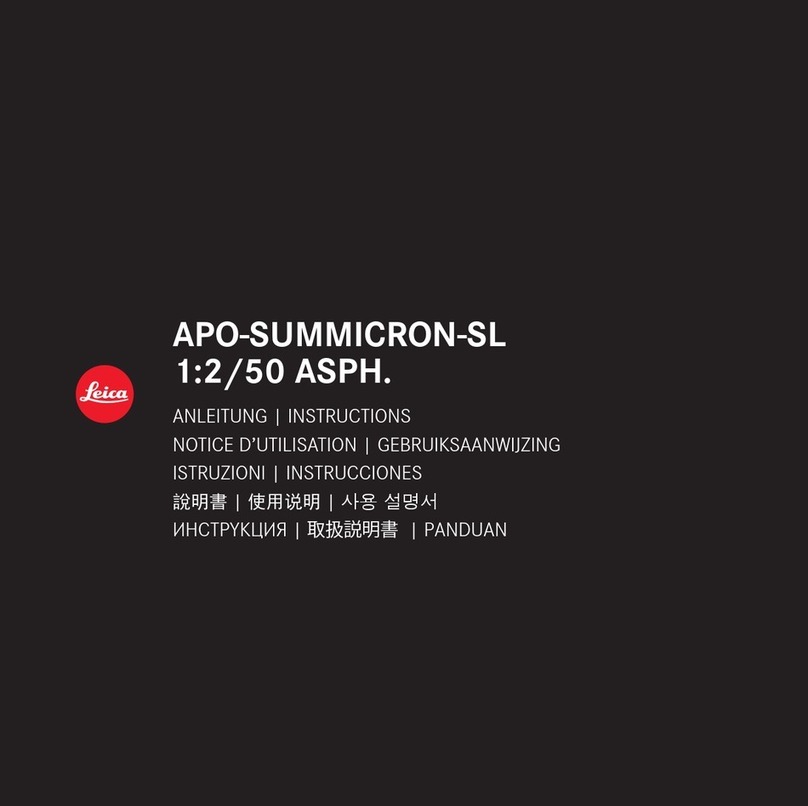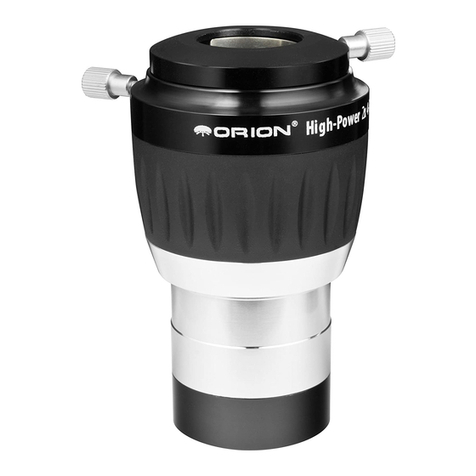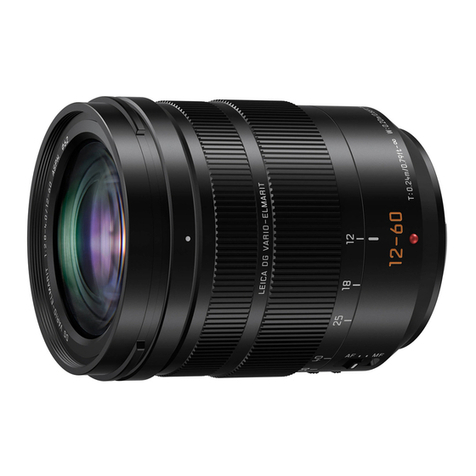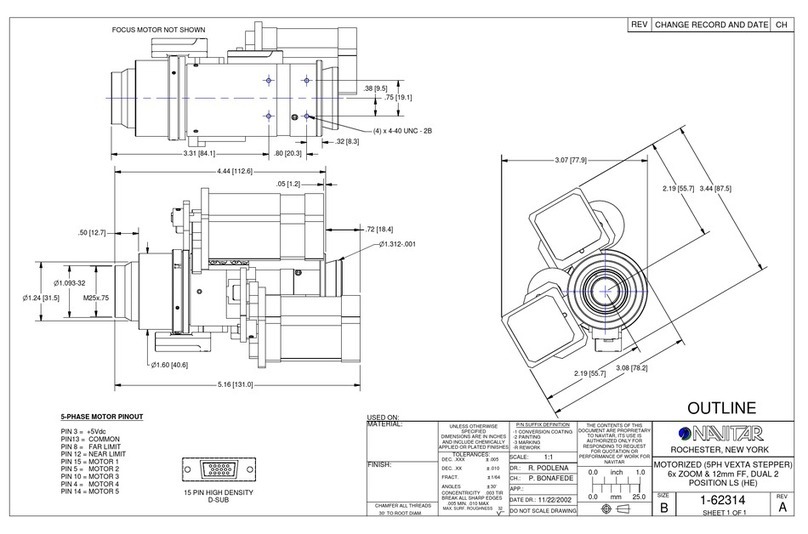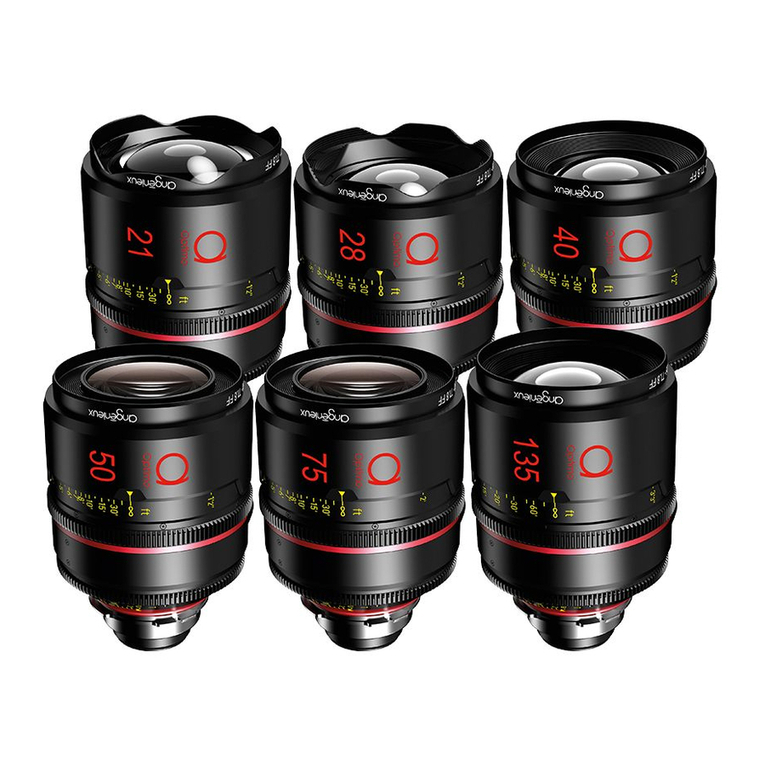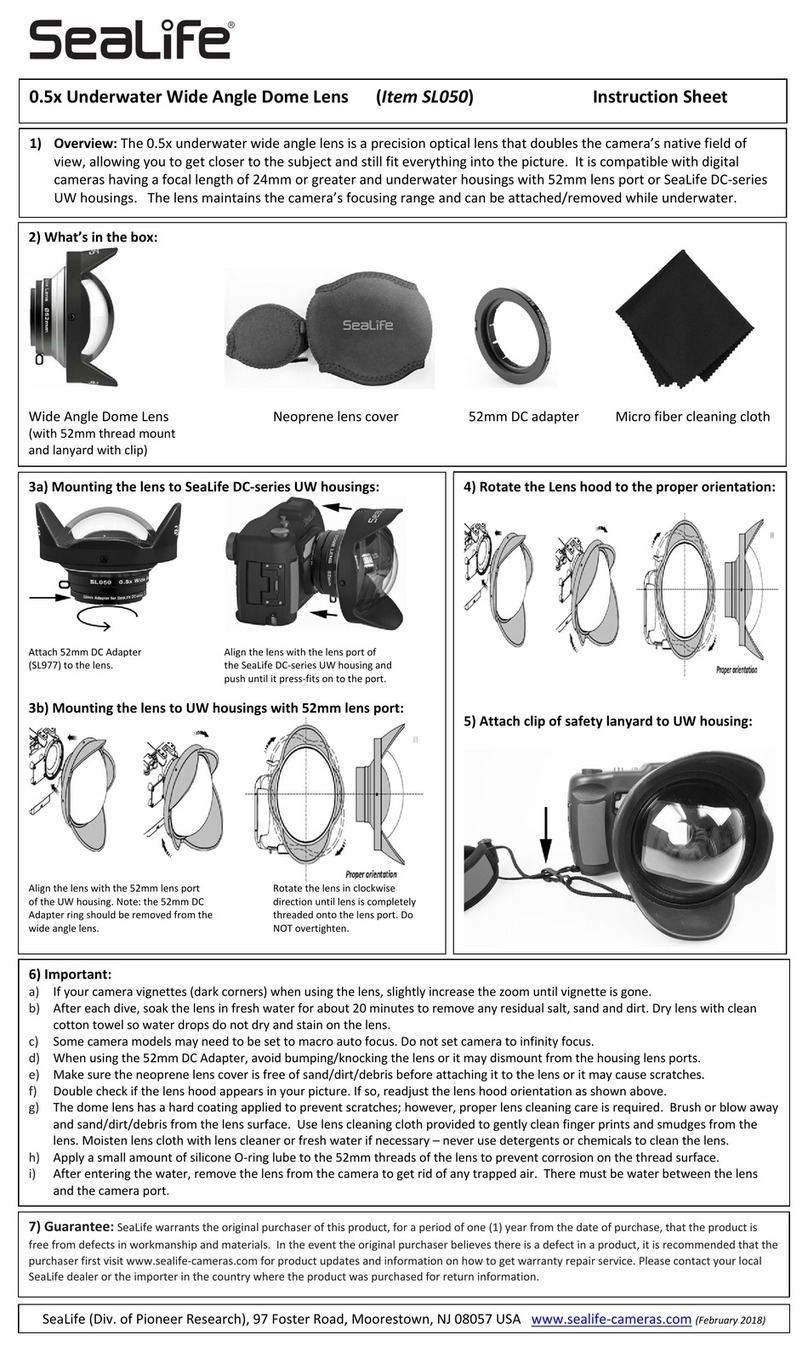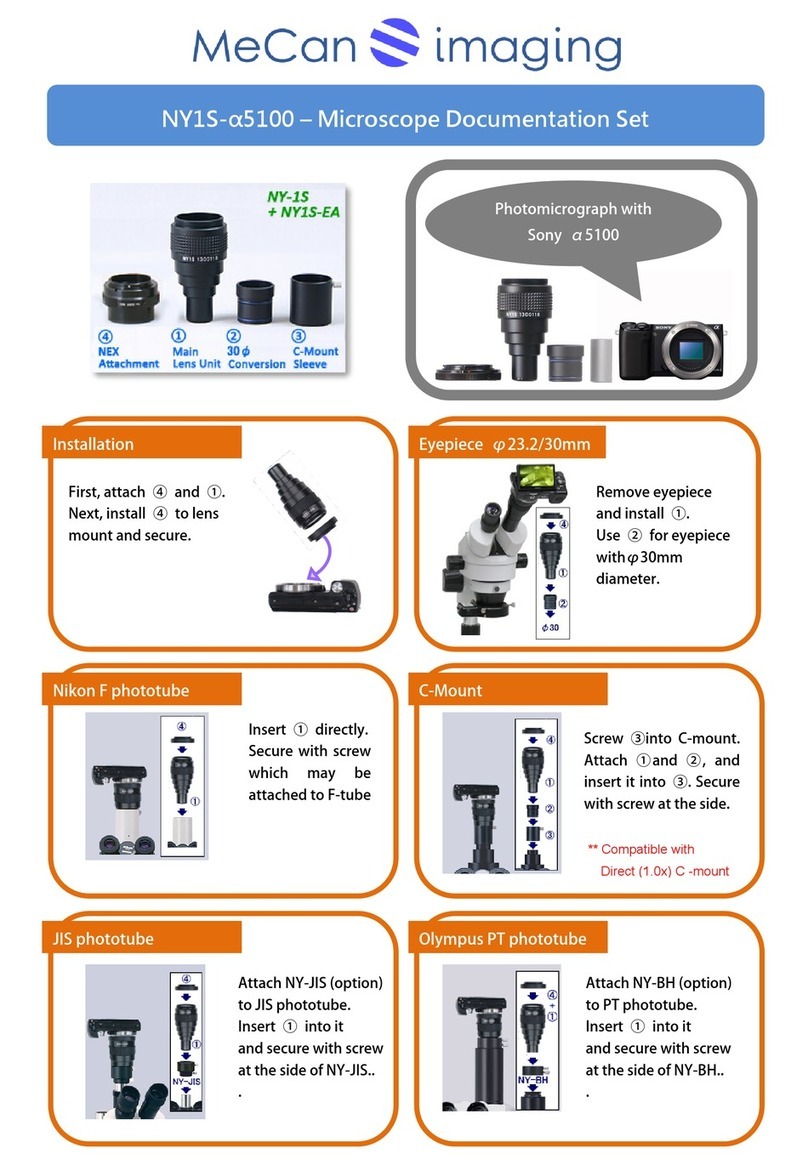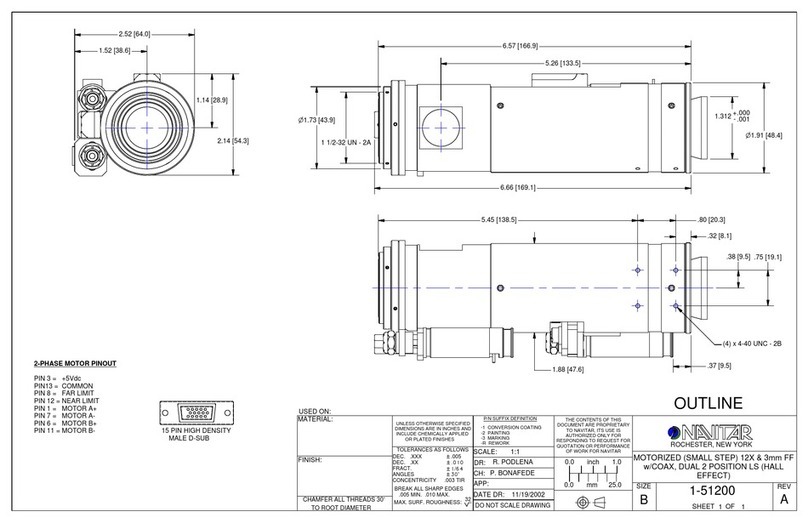
An Orion barlow lens is an effective means of
obtaining higher powers from short-focal-length
telescopes. It also allows use of longer focal-
length eyepieces to achieve a given power.
Longer-focal-length eyepieces usually have lon-
ger eye relief than shorter focal-length eyepieces,
making viewing more comfortable. This can be a
real benet for eyeglass wearers, especially,
enabling them to see the whole eld of view at
higher powers, when normally they cannot.
And there’s another benet of using a barlow
lens: it can actually improve eyepiece perfor-
mance, providing sharper images and reducing
edge-of-eld optical aberrations.
Use of Orion Barlow Lenses
The barlow lens is typically inserted between the
diagonal and the eyepiece, for refractors and Schmidt-Cassegrain
telescopes (Figure A). For reectors, the barlow inserts directly into
the eyepiece holder of the focuser drawtube (Figure B). In the
position shown in both A and B, a 2x barlow provides a magnica-
tion factor of two, a 3x barlow, a magnication factor of three, etc.
Alternatively, a barlow lens can be placed before the diagonal, that
is, between the telescope and the diagonal (Figure C). In this case
the barlow’s magnication factor is increased by about 50%. So a
2x barlow placed between the telescope and the diagonal provides
about a 3x magnication boost. Some barlows will not properly t
after the diagonal, so this alternate placement is desirable. (Our
Shorty barlow, which has a shorter barrel, ts nicely in most diago-
nals.) However, be advised that for some barlow and eyepiece
combinations, focus cannot be achieved with the barlow placed
before the diagonal.
Power Limitations
While a barlow lens will increase the magnication of a telescope,
there is a limit to how much magnication is useful. It depends on
the telescope’s aperture, the quality of the optics, and on the out-
door “seeing” conditions, which vary from night to night. Generally,
the maximum practical magnication a telescope can deliver is
about 50x per inch of aperture (diameter of the main lens or mirror).
Any higher and the images seen will just be blurry and dim. Seeing
conditions (i.e., steadiness of the atmosphere) often limit the useful
magnication to much less than 50x per inch of aperture.
So, for example, if you have a 3” reector, the maximum useful
magnication will be about 150x under very steady sky conditions.
Say the scope has a focal length of 700mm; a 10mm eyepiece will
provide 70 power. Using a 2x barlow with that eyepiece would yield
140 power, which is very close to the scope’s magnication limit
under excellent seeing conditions, and on most nights may simply
be too much. Using a 3x barlow would not be recommended
because that would yield 210 power—way too much for this
scope—resulting in a degraded image.You’ll have to experiment on
any given night to see how much power your scope and the prevail-
ing seeing conditions will permit.
Care of Your Barlow Lens
Care should be exercised when using all optical and mechanical
telescope accessories. Keep your barlow in a protected environ-
ment when you’re not using it. Avoid touching the lenses and
coatings. If the outside of the lens should become dirty, you may
want to clean it. Blow off all loose dirt with a blower bulb. Use only
optical lens tissue and good-quality lens uid. Wet a folded tissue
and gently wipe the surface of the lens. Immediately use a second
piece of lens tissue to gently dry the lens off. Do not rub or apply
pressure, as this may scratch the lens if dust or grit is present.
IN 017 Rev D 03/09
Figure B:
Barlow in typical
reflector
Figure C:
Barlow placed
before diagonal
(typical refractor)
Figure A:
Barlow placed
after diagonal
INSTRUCTION MANUAL
One-Year Limited Warranty
This Orion product is warranted against defects in materials or workmanship for a period of one year from the date of purchase. This warranty is
for the benefit of the original retail purchaser only. During this warranty period Orion Telescopes & Binoculars will repair or replace, at Orion’s
option, any warranted instrument that proves to be defective, provided it is returned postage paid. Proof of purchase (such as a copy of the
original receipt) is required. This warranty is only valid in the country of purchase.
This warranty does not apply if, in Orion’s judgment, the instrument has been abused, mishandled, or modified, nor does it apply to normal wear
and tear. This warranty gives you specific legal rights. It is not intended to remove or restrict your other legal rights under applicable local con-
sumer law; your state or national statutory consumer rights governing the sale of consumer goods remain fully applicable.
For further warranty information, please visit www.OrionTelescopes.com/warranty.
Corporate Offices: 89 Hangar Way, Watsonville CA 95076 - USA
Toll Free USA & Canada: (800) 447-1001
International: +1(831) 763-7000
Copyright © 2020 Orion Telescopes & Binoculars.All Rights Reserved. No part of this product instruction or any of its contents
may be reproduced, copied, modied or adapted, without the prior written consent of Orion Telescopes & Binoculars.
AN EMPLOYEE-OWNED COMPANY

